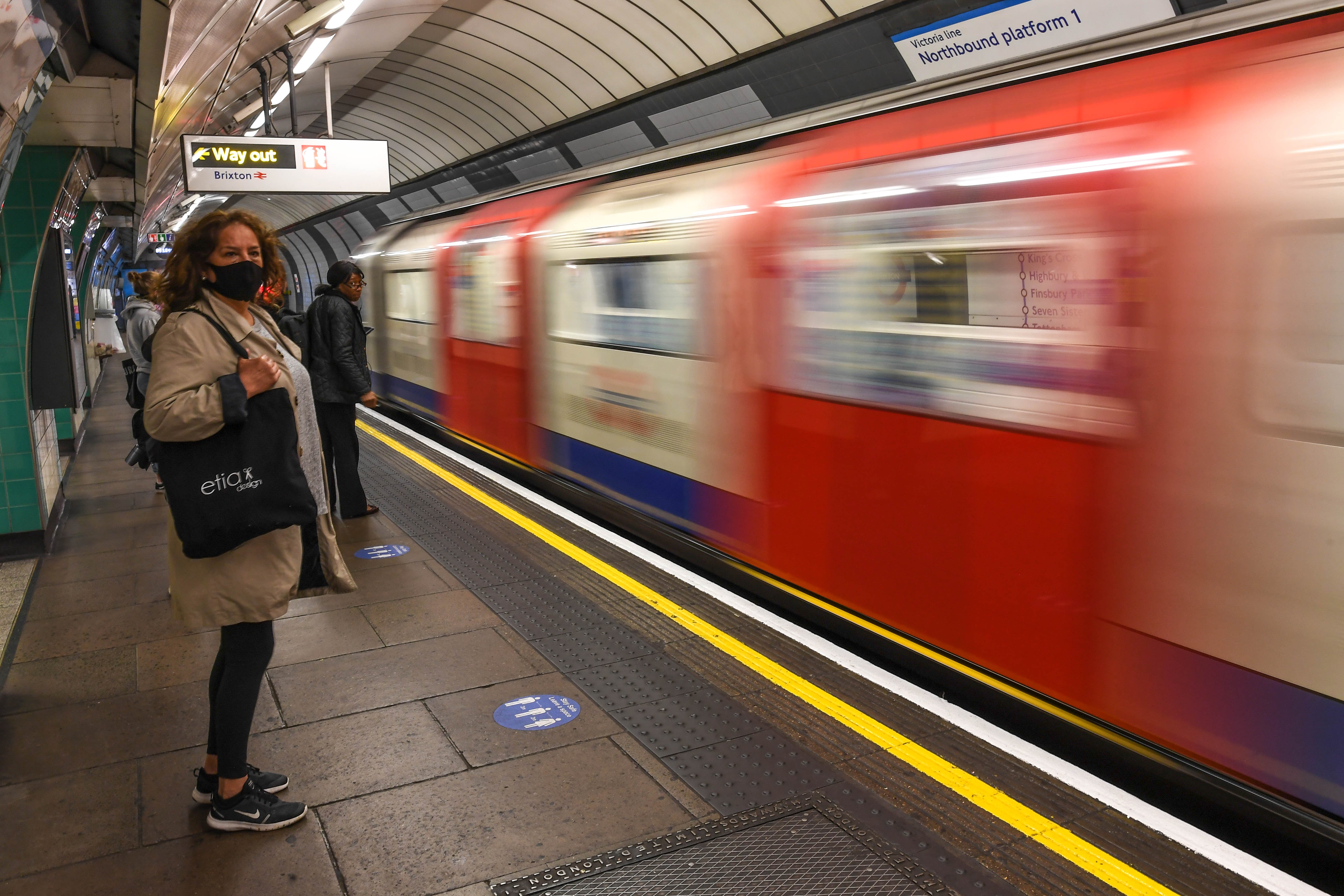Driverless Tube trains ‘would cost £7bn and still require onboard operator’, warns leaked report
Cost saving would be ‘offset by increased maintenance costs of additional safety systems’

Your support helps us to tell the story
From reproductive rights to climate change to Big Tech, The Independent is on the ground when the story is developing. Whether it's investigating the financials of Elon Musk's pro-Trump PAC or producing our latest documentary, 'The A Word', which shines a light on the American women fighting for reproductive rights, we know how important it is to parse out the facts from the messaging.
At such a critical moment in US history, we need reporters on the ground. Your donation allows us to keep sending journalists to speak to both sides of the story.
The Independent is trusted by Americans across the entire political spectrum. And unlike many other quality news outlets, we choose not to lock Americans out of our reporting and analysis with paywalls. We believe quality journalism should be available to everyone, paid for by those who can afford it.
Your support makes all the difference.Driverless trains on the London Underground would cost £7bn while still requiring a staff member onboard every Tube, according to a leaked document.
A presentation said to have been prepared for senior Transport for London (TfL) managers said the case for driverless Tube trains "is not financially positive given the high capital costs".
The drivers' union Aslef, which obtained the leaked document, said it proved the idea is a "politically-driven fantasy".
In July, Boris Johnson pushed for the introduction of driverless trains as a condition of a future TfL bailout.
The document said staff savings by removing the driver would be “offset by increased maintenance costs of the additional safety systems, surveillance, security fencing etc required” and that there would still need to be a train operator on every Tube train.
"Overall the case is not financially positive given the high capital costs,” the document concluded.
"Its implementation network-wide will present a considerable affordability challenge which will further exacerbate TfL's current financial and longer-term funding position."
The document said that converting the network to driverless operations "represents poor value for money".
Finn Brennan, Aslef's organiser on the London Underground, said: "Leaked internal Transport for London documents demonstrate that it would cost an additional £7 billion, on top of the money needed to upgrade existing lines, to make Underground trains driverless and that TfL has concluded that there is, given the evidence, no economic case for doing so.
"Aslef has always pointed out that driverless trains on London Underground are a politically-driven fantasy.”
A TfL spokesman said: "Our train operators perform a fundamental safety-critical role on the transport network and, along with all our frontline staff, have played an essential role in keeping London moving during the pandemic.
"We put together this analysis for the KPMG review into TfL's finances, commissioned by the government following the emergency funding agreement agreed in May.
"The possibilities, costs and benefits of driverless trains are things that TfL has looked at in the past and will continue to keep under review but it is not something we are actively pursuing."
Mr Johnson, who first approved plans to bring in driverless trains on the London Underground when he was the capital’s mayor in 2014, made a pitch for their roll-out in the summer: “You can run these trains without the need for somebody to be sitting in the driver’s cab the whole time.
“So what I will be saying to the London transport authority is let’s take advantage of this technological leap forward, let’s not be the prisoners of the unions any more, let’s go to driverless trains, and let’s make that a condition of the funding settlement for Transport for London this autumn.”
But Sadiq Khan, the current mayor of London, has described the idea of having driverless trains as “madness”.
"Saving some pounds to risk the safety of Londoners, of staff and visitors, is the height of recklessness,” he said in 2018.
"Where it's not safe to do so I will not do so. Where it's safe to do so of course we'll consider whatever efficiency savings that we can do."
TfL has plans to run driverless Tube trains but they are not expected on the network until 2030.
Some London Underground trains are currently operated either in semi-automatic mode, where starting and stopping is automated but the driver operates the doors and drives the train if needed.
Driverless trains have been in operation on the Docklands Light Railway in east London since it opened in 1987, though a train attendant is present to operate the doors and drive the train if needed.



Join our commenting forum
Join thought-provoking conversations, follow other Independent readers and see their replies
Comments